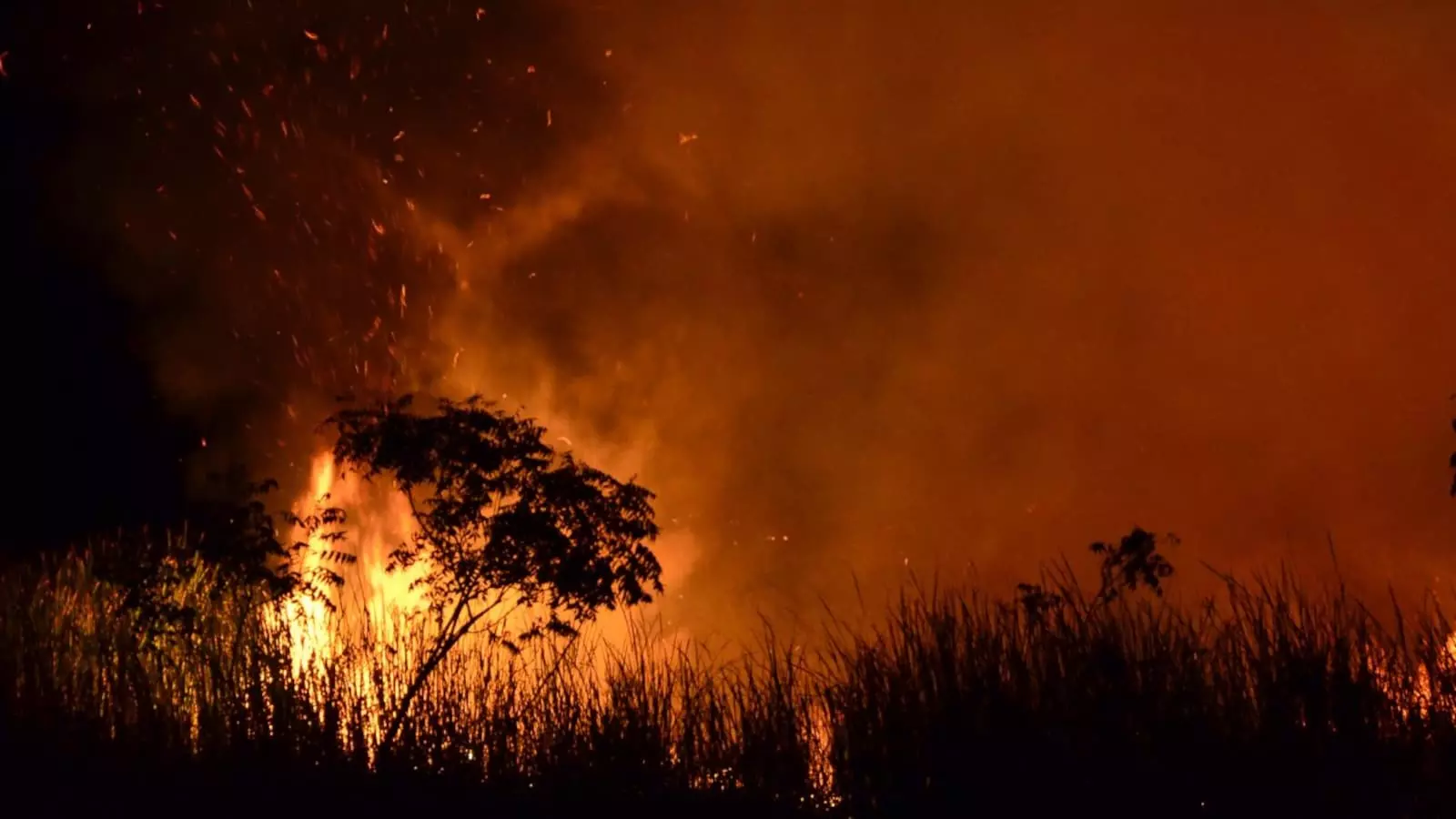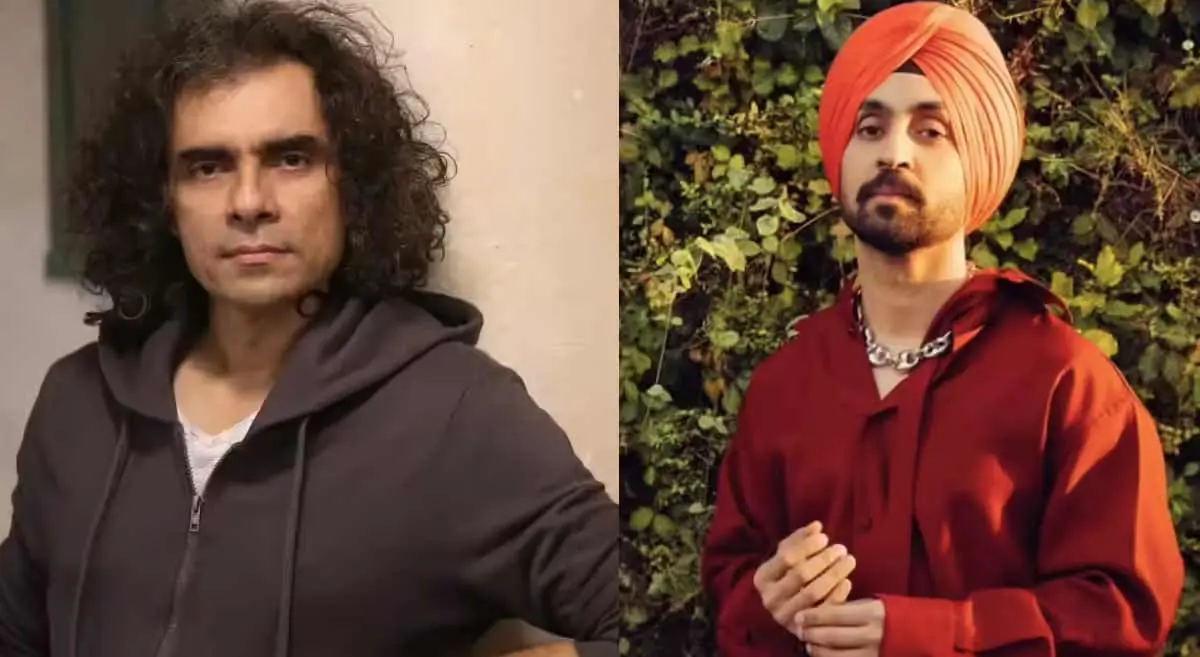
The report recommends actions such as the implementation of a Good Samaritan law for all medical emergencies, citizen training programmes and the establishment of a dedicated universal emergency number.
| Photo Credit: File photo
In India, although the courts have expansively interpreted the fundamental ‘Right to Life’ under Article 21 of the Constitution, there is a notable absence of binding guidelines regarding emergency healthcare. A recent report released by the NGO SaveLife Foundation highlights the lack of a unified federal legislation in India on emergency care.
The report, titled ‘Global Comparative Research on Right to Emergency Medical Care’, underscores the need to recognise and adopt the ‘right to emergency medical care’ as a pivotal component of the Right to Health and Right to Life outlined in Article 21 of the Constitution. The report compares the legislative frameworks of 10 countries with that of India.
What law states
According to the findings, doctors and physicians in India are legally obligated to treat patients and respond to any emergency assistance requests. The Motor Vehicles Act, 1988, specifically in Section 134, imposes a duty on the responsible driver in a crash to take reasonable steps to secure medical attention. The section also mandates immediate medical aid or treatment by registered medical practitioners without waiting for procedural formalities unless the injured person or their guardian expresses otherwise.
The report also sheds light on the disparities in the quality of care among different government centres. District hospitals often lack trained staff, sufficient infrastructure and consumables. Furthermore, the absence of designated trauma centres and trauma surgeons in India, coupled with undefined roles among specialists, leads to delayed clinical decisions, which jeopardise care to patients, especially those with polytrauma.
Numbers speak
A 2020 report by the Ministry of Home Affairs, Government of India, states that well-established trauma care systems help reduce such deaths by nearly 20-25% and serious disabilities by more than half. The 2020 Vital Statistics of India data released by the Ministry of Home Affairs, Government of India, states that approximately 45% of the fatalities registered during the year, amounting to 36.5 lakh people, had received no medical attention.
The report further states “SaveLIFE Foundation has demonstrated that by helping governments target and diagnose dangerous roads [by] using compelling evidence and providing a set of proven solutions to fix them, roads become safer… Ourefforts have already led to India’s first Good Samaritan law and an average 40% reduction in deaths across multiple highways in India
The report recommends several actions, including the implementation of a Good Samaritan law for all medical emergencies, citizen training programmes, a dedicated universal emergency number and the development of national pre-hospital emergency personnel training standards.





